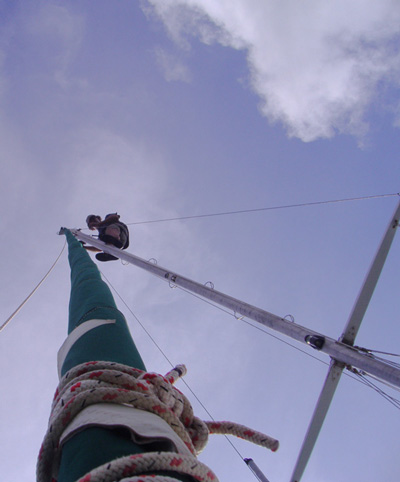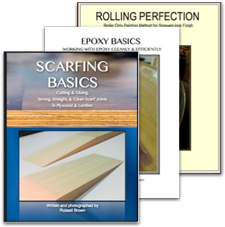An excellent article on the late Tim Severin, not exactly surprising, and some Gulf Stream news...
Some recent emails concerning my post on Michael Schacht's Ghibli design gets to the heart of what's currently wrong with the current state of home building and restoring/rehabbing classic plastic sailboats for cruising.
In short, everyone wants to take something simple and complicate the living hell out of it.
In the case of the Ghibli just about every email wanted to make it longer, beamier, add dagger boards or foils, change the rig, change the propulsion system, make it out of something other than plywood, and just, in general, make a pretty simple design over complicated and a whole lot more expensive.
Which sorta/kinda misses the whole point of what a stock plan is all about.
Now, I'm sure that Michael would love to do a custom catamaran design just for you and would do his very best to make all of your dreams of what a perfect catamaran is a reality. But, it will cost you a serious chunk of change as well as a chunk of time.
Stock plans, on the other hand, can be bought for a fraction of the price of custom plans the savings of which will buy a chunk of materials that you can build your boat with which greatly appeals to my Mr Cheapseats proclivities.
As it happens, I've had two different designers design boats for me and the experience was wonderful in one case and awful in the other. The awful case being so depressing that I vowed to never repeat the getting a boat designed for just me ever again.
Stock plans, on the other hand are already finished (well except for those designers of the vaporware ilk) and you know exactly what the boat is going to be from the get go providing you actually follow the plans.
A good stock plan gives you everything you need to know about building a particular boat and that is really all it should provide. Over the years the idea of what a stock plan is supposed to be has morphed into more of a designer assisted learning experience which is somewhat problematic as a designer really should not be your nanny in the process of building your boat. The idea of 24/7 access to the designer so you can discuss how to do stuff you already should know on the subject of boatbuilding really should not be part of the process.
Designer as boatbuilding nanny brings up a couple of points as in my experience if you don't know how to build a boat when you start you're in for a very, shall we say, interesting experience that will not result in a good boat. Secondly, the fact is that building a couple of dinghies will give you the needful experience to get into a bigger cruising boat project.
George Buehler and Reuel Parker have both written excellent how-to books on building boats that will answer all your questions in terms of how to build their respective designs and it would be no bad thing if other designers followed their example. That said, I have a shelf full of boatbuilding books that I tend to use all the time on just about every boat project I find myself working on. Seriously, a few books on your shelf is a whole lot better than having your designer on speed-dial so you can interrupt his/her Sunday dinner with questions on why your epoxy is not setting up or how to make a proper scarf.
So, getting back to Ghibli, it's a small simple plywood catamaran that has any number of excellent features that would be possible to build in a reasonably short time for a moderate budget. Which in my eyes is a pretty impressive package of features in a small affordable envelope. It might or might not be the catamaran of your dreams but you really should take the time to actually look at what's there instead of trying to adapt it to something it's not.
Listening to the late Bunny Wailer
So it goes...





